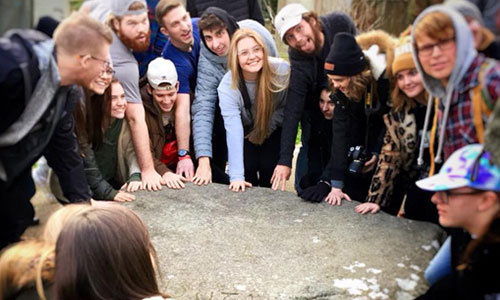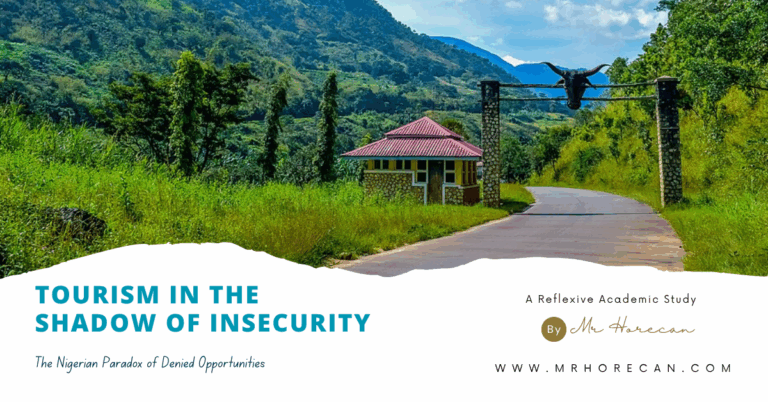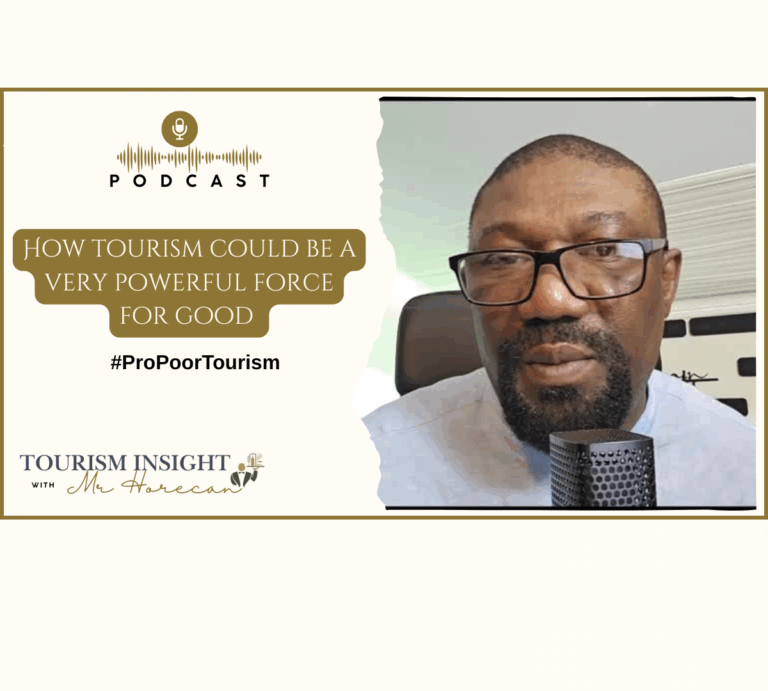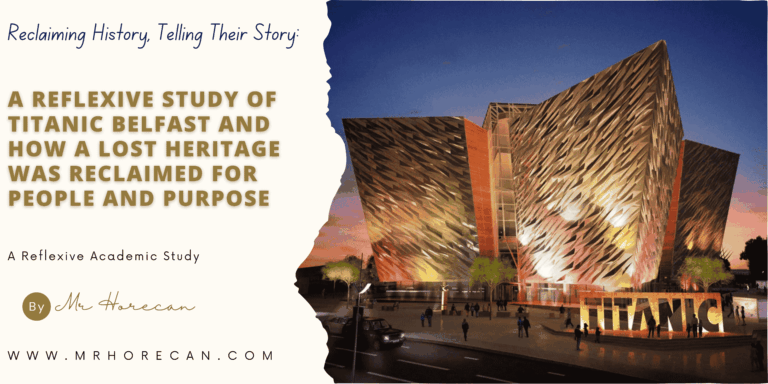
Why would a man born of Roman blood, raised with privilege, and destined for a life of comfort in Britain — choose to end his days, not in a cathedral of grandeur, but in the rural quiet of a place once foreign, once hostile? Why did St. Patrick — the icon celebrated in neon lights across global capitals — end his journey not in Rome, not in Britain, but quietly in the rolling hills of Downpatrick? As an immigrant and tourism journalist and keynote speaker who has worked in this town for over a year, I find this both humbling and haunting. The man whose name echoes through parades and pints chose to rest, not in pomp, but in a place the world often overlooks — a place I’ve come to admire deeply. And it makes me ask: have we truly understood what we’re celebrating every St. Patrick’s Day? This article is not just about a saint. It is about memory, identity, and the strange ways we choose to honor greatness. It is about what we forget when we commercialize remembrance. It is about Downpatrick — a place that should be on every map, yet barely whispers in the world’s ears.
Where He Chose to Rest
By Mr. Horecan
We dance to his name, the cheers never cease,
Yet rarely we kneel where he rests in peace.
Not in cathedrals of towering might,
But in a paddy — hushed, out of sight.
He chose no grandeur, no marble throne,
Just sacred soil, a grave of stone.
For greatness lies where footsteps pause,
Not in applause — but in the cause.
Downpatrick doesn’t whisper — it roars in still grace,
Holding history deep in its sacred place.
If this saint matters, then let it be known:
His story must live where his body was sown.
Forget the foam hats and the neon spree,
Forget the rivers dyed green with glee.
This tale isn’t told in pints or parade,
But beneath a stone where silence stayed.
It’s not about Manhattan or Sydney’s cheer,
It begins — and ends — right here.
So welcome, traveler, the journey belongs,
To the place where Patrick’s soul grows strong.
Welcome to Tourism Insight, I bid you see —
I am Mr. Horecan, and this legacy starts with me.
A Burial in Humility
Down Cathedral, perched on the Hill of Down in Northern Ireland, is not a place of spectacle. But let us be clear — there is no overtourism here. Downpatrick is a quiet, welcoming countryside town that holds not just the final resting place of St. Patrick, but also other saints. The people are warm, and there is ample room for pilgrims, tourists, and seekers. But there, beneath a simple granite slab marked “PATRIC,” lies the man whose name is paraded through cities from Chicago to Sydney.
His grave is neither gilded nor glorified. And perhaps that is the point. St. Patrick chose — or at least was laid to rest — in a place far removed from the world’s gaze. He returned to the land where he was once a slave, where he suffered, and where he found his faith. And in the end, he didn’t ask for a monument. He didn’t demand a shrine. He chose peace in a paddy.
The Irony of Global Green
How ironic, then, that the world now turns neon green every March 17th in his name — in places he never stepped foot in. Irish pubs overflow in Amsterdam. Skyscrapers glow emerald in Dubai. And yet in Downpatrick, where the saint himself lies, silence often reigns. The world remembers the myth. But it forgets the man. We dance to his name but rarely kneel at his grave.
Paddy: A Word Reclaimed
The word “Paddy” itself is loaded — used by colonizers, comedians, and commentators, sometimes affectionately, often insultingly. But here, it is subverted. This paddy is sacred ground. This paddy holds bones that changed a nation. This paddy cradles legacy. So let us reclaim it — not with defensiveness, but with dignity.
A Saint of the People, Not for the Pageants
St. Patrick’s legacy is not best represented by floats or foam hats. It is best preserved in acts of humility, justice, reconciliation, and faith — the very virtues he embodied. He was not Irish by blood, but he became Irish by love. He did not lead armies, but he led hearts. He did not die in Rome or retreat to Britain. He stayed. He rested in a paddy. What does that tell us about what he valued?
A Challenge to the Irish — Both North and South — and to the World
This is a challenge — especially to Ireland. Especially to the diaspora. Especially to every brand, pub, and politician who profits off March 17th. Have you been to Downpatrick? Do you know where the story ends? Why do we glorify the celebration but neglect the source? If this day matters, if this saint matters, then Downpatrick must matter too.
Let the Paddy Speak
It’s time we returned — not just physically, but culturally and spiritually — to where it all ended. Let the paddy speak. Let the grave whisper louder than the drums. Let us rethink the nature of legacy and location. Because maybe, just maybe, the holiest ground is not the noisiest. Maybe the saint knew something we’ve forgotten: That peace, not parades, is the true resting place of greatness.
Final Reflection
So this coming March 17th, 2026 — wear your green. Raise your glass. Dance if you must. But when the music fades, remember the saint who rests in silence. In humility. In a paddy. And ask yourself — will you visit? Because remembering St. Patrick should not just happen in the streets of Manhattan or the pubs of Sydney. It should begin — and end — in Downpatrick. And I, Mr. Horecan, will be celebrating St. Patrick’s Day by visiting his final resting place in Downpatrick. Want to join me? A legacy forgotten is a lesson lost. Let us remember. Let us return.
Welcome to Tourism Insight with Mr. Horecan. I am Mr. Horecan.



